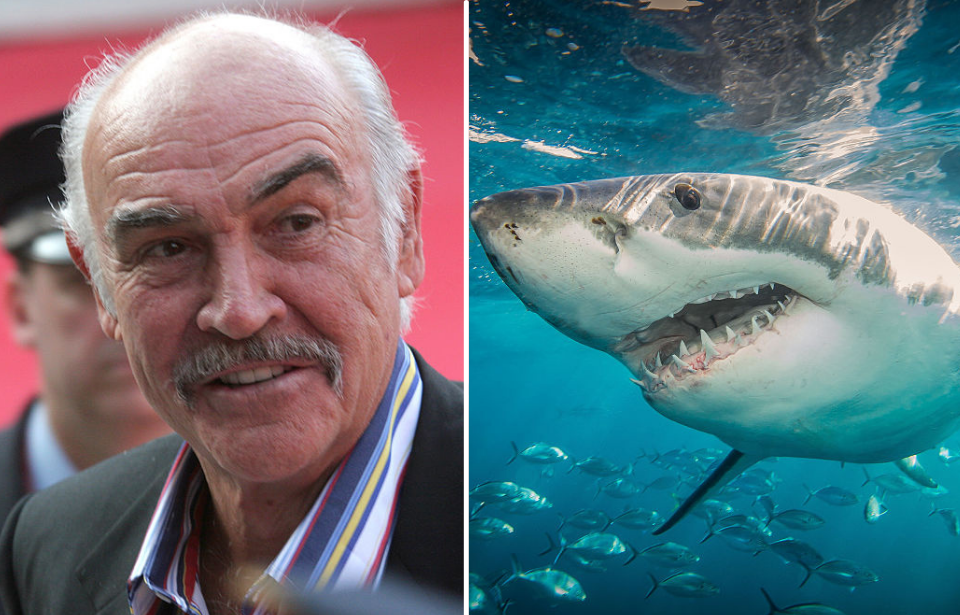For many, Sean Connery was the ultimate 007. So it’s intriguing to hear he wrote a Bond movie himself at one point! Titled Warhead, it was reportedly co-written with a major author of spy thrillers.
You’d think producers would have bitten their hands off – a lot like the sharks in the story, more on that in a sec. Instead, the project went under. How come? Pay attention, it’s time for the mission to start…
Sean Connery, sharks and a whole lot more
In the mid-1970s, Connery sat down with Len Deighton and Kevin McClory to work on a screenplay. This wasn’t part of the official franchise starring Roger Moore. These agents were kind of going rogue.
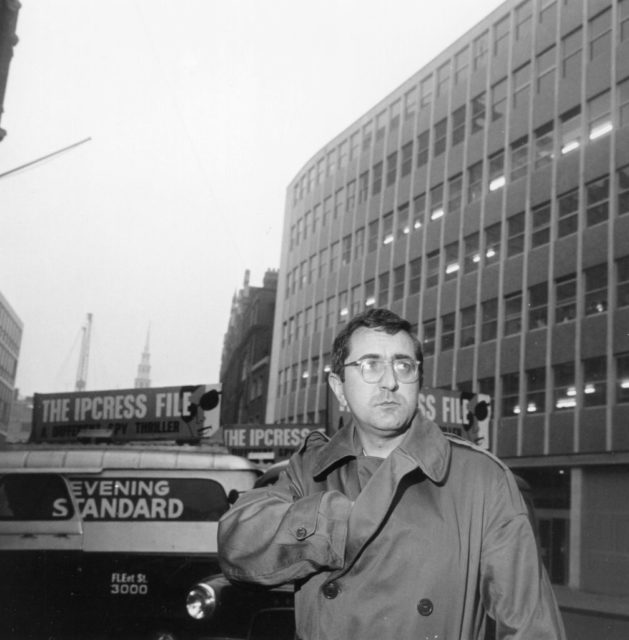
Deighton was well known for his spy novels, notably the Harry Palmer series that began with The IPCRESS File. McClory was a former associate of 007 creator Ian Fleming. Indeed, this script was based on a previous effort by Fleming, McCrory and one Jack Whittingham. Interestingly, The IPCRESS File novel was released in 1962, the same year Connery’s first Bond outing Dr. No hit cinemas. The movie version of The IPCRESS File shared a producer with Bond, Harry Saltzman.
So, what did Connery, Deighton and McClory come up with? Something pretty wild, by the sounds of it. The BBC writes that Warhead “revolved around a shoal of remote-controlled, nuclear-weaponised robo-sharks.” The big climax would have seen Bond battling one of the creatures in a Manhattan sewer. He was probably flushed after that encounter!
Developed with Paramount, the script took its cue from the Connery classic Thunderball (1965). However, the team “went their own way, too, occasionally veering into the realms of Austin Powers-style parody.”
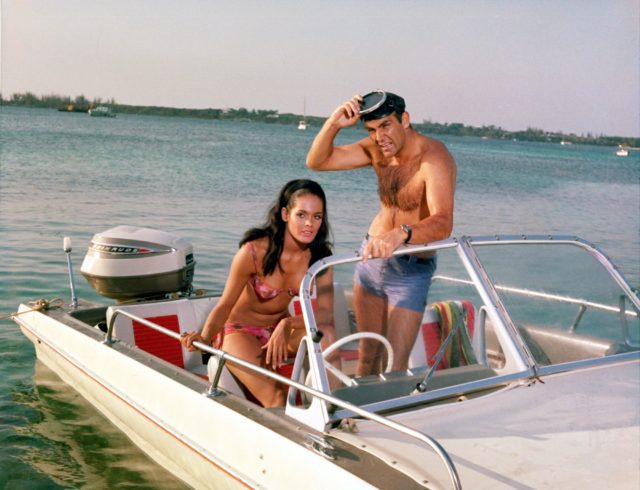
Why was it based on Thunderball? Time to delve into the case files of Kevin McClory…
Kevin McClory and the beginnings of Bond on the big screen
Did you know that Thunderball almost became the first Bond film? Ian Fleming got together with McClory when the idea of 007 at the movies was still on the drawing board. McClory ran the Xanadu production company with Ivor Bryce, who introduced them. They crafted an original tale, with Whittingham on board as co-writer.
McClory was arguably a bit of a Bond-style figure himself – he nearly married Elizabeth Taylor for one thing! Want to hear something spooky? Her future husband Richard Burton was reportedly in the frame to play Fleming’s superspy.
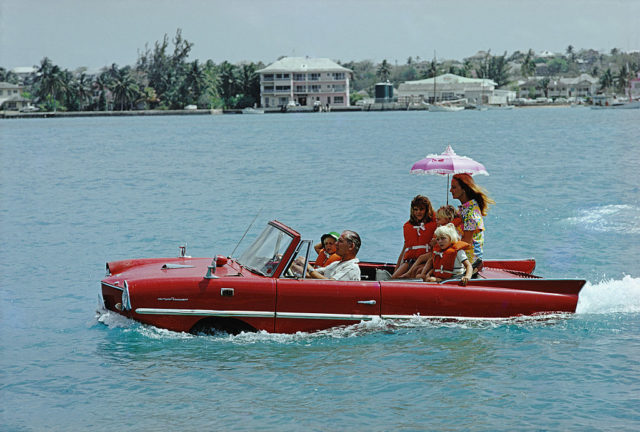
Ultimately the author backed away and Eon Productions kicked things off with Dr. No. McClory and Whittingham took legal action when Fleming turned Thunderball – previously titled Longitude 78 West – into a book with their credit removed. From this emerged an arrangement whereby McClory won the movie rights to all things Thunderball. When the big-screen version landed, he produced with Eon.
Why didn’t Warhead get made?
Flash forward to the 1970s. Thunderball was an official Bond film with Sean Connery. Yet Kevin McClory remained in the frame. As later agreed with Eon, he had a decade to make his very own take. James Bond of the Secret Service was retitled Warhead. And, in a stunning development, Connery agreed to come in and help write it. He’d left the franchise a few years earlier but was now back behind the scenes.
Would he have played Bond again? Maybe not, but he definitely played an important role, despite a perceived lack of experience. “He has no official film credits as a writer in his career and had never been attached as one before, and would never be again,” CinemaBlend writes, “so it’s possible Connery’s name was really just there for the press it would generate.”
While this was going on, Eon was making The Spy Who Loved Me with Moore. McClory objected to alleged similarities between that and Warhead. Both productions featured extensive underwater elements. They tried to sink each other with injunctions. Things were heating up so Connery bowed out, along with the studio.
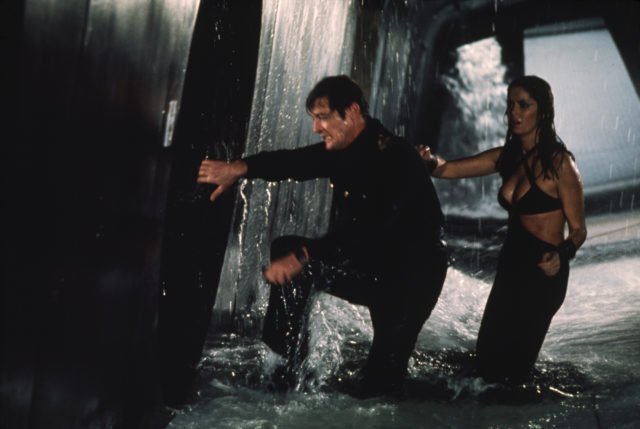
It wasn’t all bad news for McClory – he had his day in court again… and won again. “James Bond will return,” as the legend says. Though when it happened, the result was quite different.
Connery in Never Say Never Again
1983’s Never Say Never Again focused on an aging 007. Produced by Jack Schwartzman, it failed to yield the rival series McClory had hoped for, but at least he’d gotten it made in the first place. Directed by Irvin Kershner, it co-starred Max von Sydow as SPECTRE boss Blofeld. The SPECTRE organization was actually created back in the late 1950s, when Ian Fleming first teamed with McClory and co.
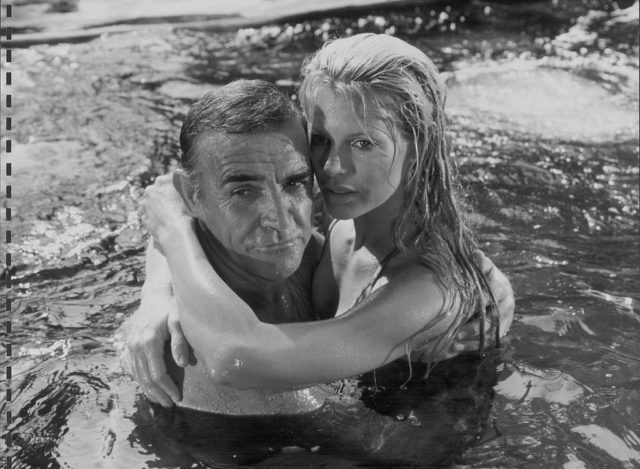
According to Christies, Connery “was enticed back to the role of Bond by a number of inducements including total creative control, a $3 million fee, and a percentage of the profits.” The auction house refers to Robert Sellers 2007 book The Battle for Bond. A copy of the Warhead screenplay sold at Christies in 2013 for £2,000 (approx $2,500).
Mission Aborted
Offbeat delights, such as a fight with bomb-laden sharks and a final battle on the Statue of Liberty, were denied to audiences. Warhead could have been a true one-off, like 1967’s Casino Royale. Sadly, it wasn’t to be.
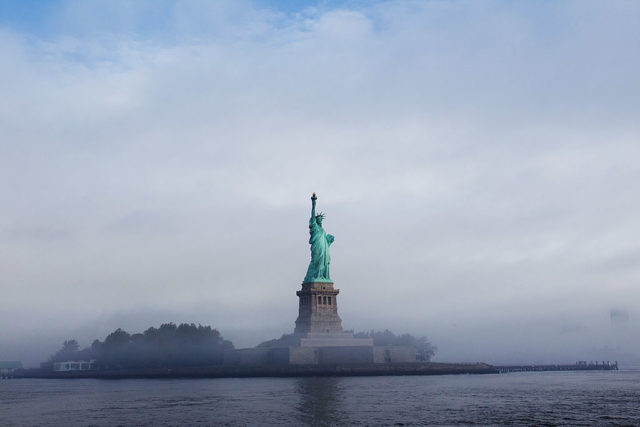
Kevin McClory made two attempts to bring Bond to the small screen, one of which was animated. James Bond Jr. was made by Eon in 1988, reportedly countering McClory’s efforts. He also tried to revive Warhead as a movie to no avail. A lawsuit seeking compensation for someone regarded as a pivotal figure in the Bond franchise also came to nothing.
More from us: Sean Connery Once Beat Up 6 Gang Members who Wanted to Steal his Jacket
McClory passed away in 2006 aged 82 and the rights of his estate were acquired by MGM and Danjaq (Bond’s copyright and trademark holder). Connery died in 2020.
